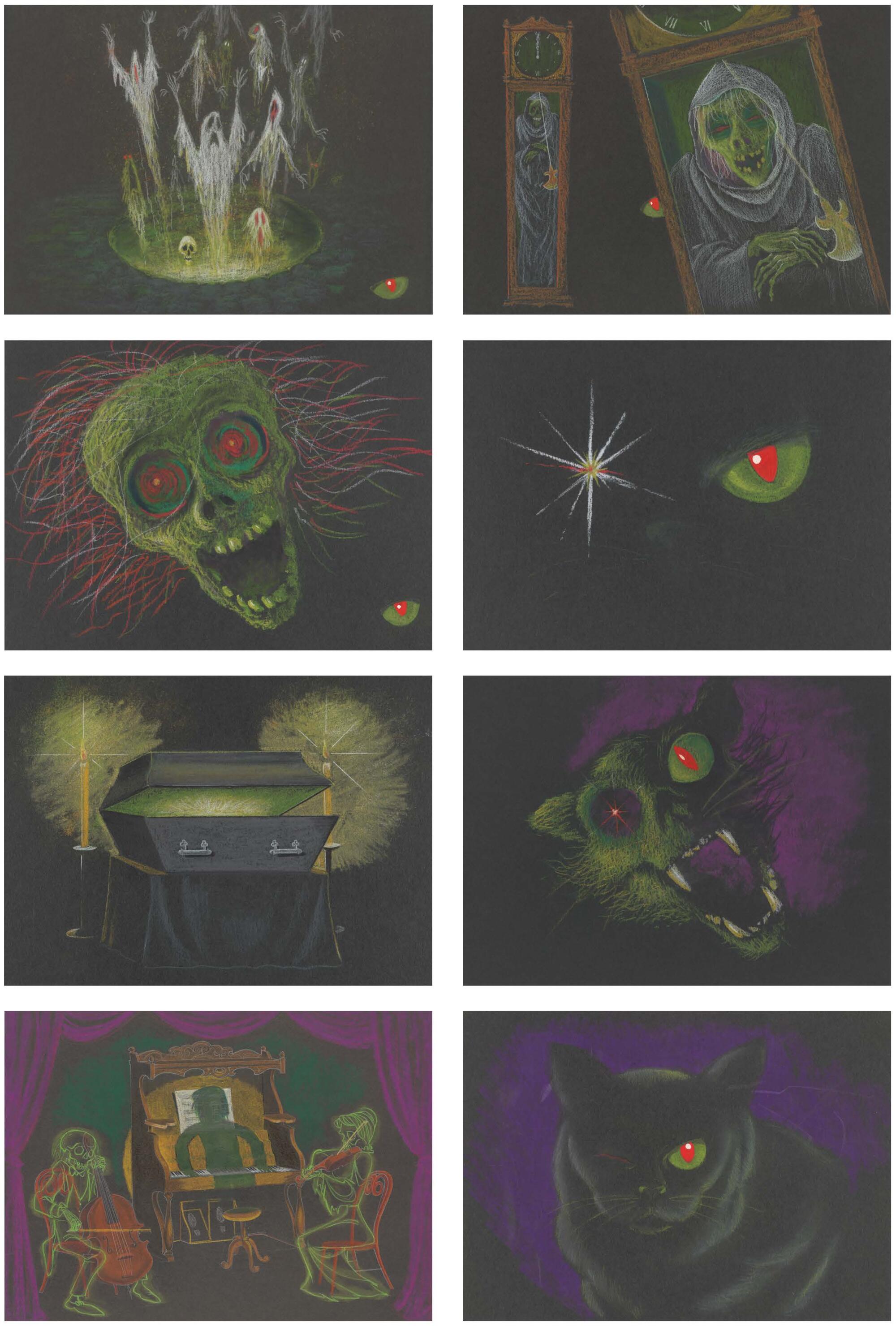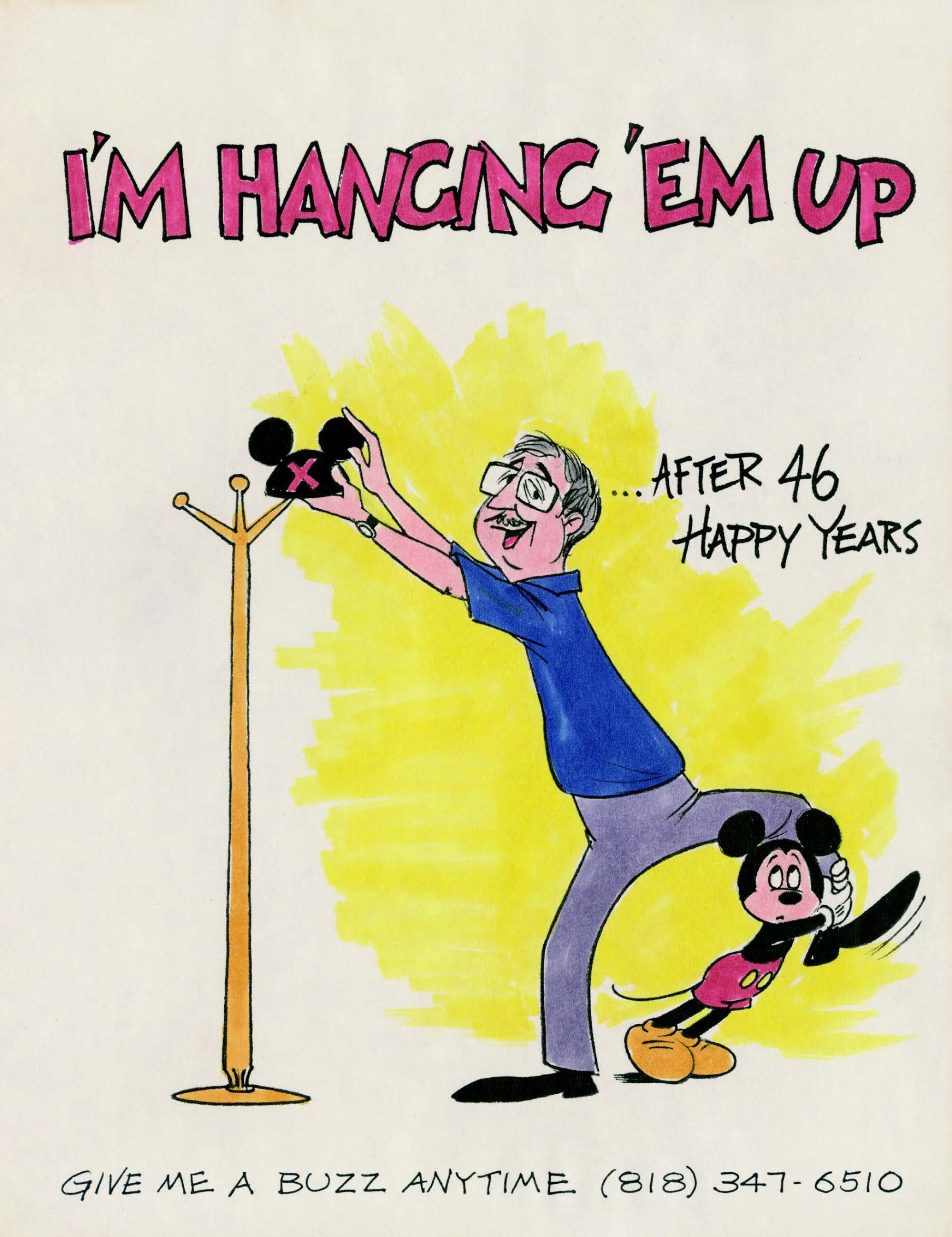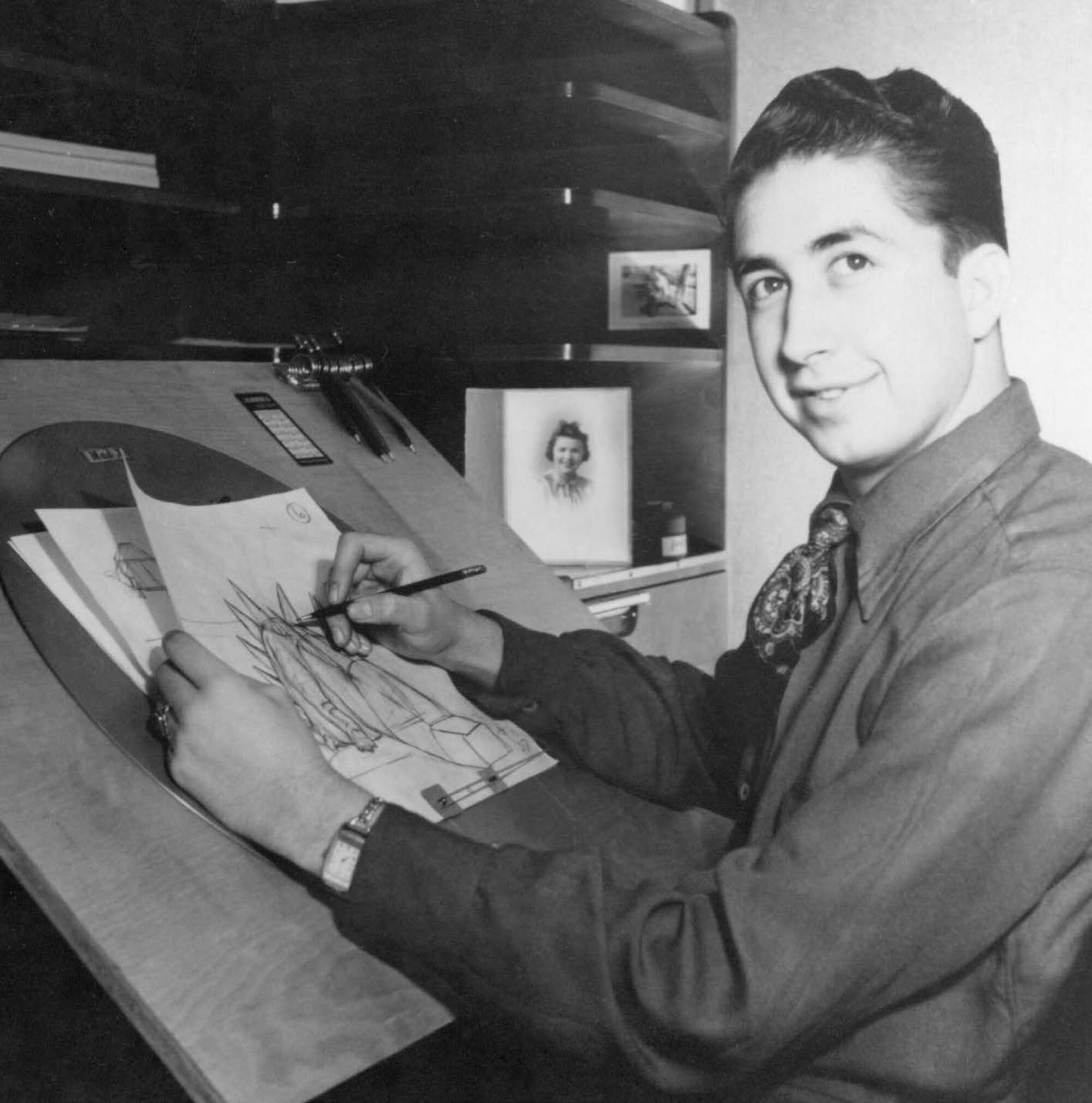The little-known story behind one of Disneyland’s most recognizable ride songs
When Xavier “X” Atencio was plucked by Walt Disney in 1965 to be one of his early theme park designers, he was slotted on a number of projects that placed him out of his comfort zone.
Atencio, for instance, never would have envisioned himself a songwriter.
One of Atencio’s first major projects with Walt Disney Imagineering — WED Enterprises (for Walter Elias Disney), as it was known at the time — was Pirates of the Caribbean. In the mid-’60s when Atencio joined the Pirates team, the attraction was well underway, with the likes of fellow animators-turned-theme park designers Marc Davis and Claude Coats crafting many of its exaggerated characters and enveloping environments. Atencio’s job? Make it all make sense by giving it a cohesive story. While Atencio had once dreamed of being a journalist, his work as an animator had led him astray of a writer’s path.
Atencio would not only figure it out but end up as the draftman of one of Disneyland’s most recognizable songs, “Yo Ho (A Pirate’s Life for Me).” In the process, he was key in creating the template for the modern theme park dark ride, a term often applied to slow-moving indoor attractions. Such career twists and turns are detailed in a new book about Atencio, who died in 2017. “Xavier ‘X’ Atencio: The Legacy of an Artist, Imagineer, and Disney Legend” (Disney Editions), written by three of his family members, follows Atencio’s unexpected trajectory, starting from his roots in animation (his resume includes “Fantasia,” the Oscar-winning short “Toot, Whistle, Plunk and Boom” and even stop-motion work in “Mary Poppins”).
For Pirates of the Caribbean, Atencio is said to have received little direction from Disney, only that the park’s patriarch was unhappy with previous stabs at a narration and dialogue, finding them leaning a bit stodgy. So he knew, essentially, what not to do. Atencio, according to the book, immersed himself in films like Disney’s own “Treasure Island” and pop-cultural interpretations of pirates, striving for something that felt borderline caricature rather than ripped from the history books.

Xavier “X” Atencio got his start in animation. Here, he is seen drawing dinosaurs for a sequence in “Fantasia.”
(Reprinted from “Xavier ‘X’ Atencio: The Legacy of An Artist, Imagineer, and Disney Legend” / Disney Enterprises Inc. / Disney Editions)
Indeed, Atencio’s words — some of those quoted in the book, such as “Avast there! Ye come seeking adventure and salty old pirates, aye?” — have become shorthand for how to speak like a pirate. The first scene written for the attraction was the mid-point auction sequence, a section of the ride that was changed in 2017 due to its outdated cultural implications. In the original, a proud redheaded pirate is the lead prisoner in a bridal auction, but today the “wench” has graduated to pirate status of her own and is helping to auction off stolen goods.
At first, Atencio thought he had over-written the scene, noticing that dialogue overlapped with one another. In a now-famous theme park moment, and one retold in the book, Atencio apologized to Disney, who shrugged off Atencio’s insecurity.
“Hey, X, when you go to a cocktail party, you pick up a little conversation here, another conversation there,” Disney told the animator. “Each time people will go through, they’ll find something new.”
This was the green light that Atencio, Davis and Coats needed to continue developing their attraction as one that would be a tableau of scenes rather than a strict plot.
Tying it all together, Atencio thought, should be a song. Not a songwriter himself, of course, Atencio sketched out a few lyrics and a simple melody. As the authors write, he turned to the thesaurus and made lists of traditional “pirating” words. He presented it to Disney and, to Atencio’s surprise, the company founder promptly gave him the sign off.
“Yo Ho (A Pirate’s Life for Me),” Atencio would relay, was a challenge as the ride doesn’t have a typical beginning and ending, meaning the tune needed to work with whatever pirate vignette we were sailing by. Ultimately, the song, with music by George Bruns, underlines the ride’s humorous feel, allowing the looting, the pillaging and the chasing of women, another scene that has been altered over the years, to be delivered with a playful bent.
The song “altered the trajectory” of Atencio’s career. While Atencio was not considered a musical person — “No, not at all,” says his daughter Tori Atencio McCullough, one of the book’s co-authors — the biography reveals how music became a signature aspect of his work. The short “Toot, Whistle, Plunk and Boom,” for instance, is a humorous tale about the discovery of music. And elsewhere in Atencio’s career he worked on the band-focused opening animations for “Mickey Mouse Club.”
“That one has a pretty cool kind of modern instrument medley in the middle,” Kelsey McCullough, Atencio’s granddaughter and another one of the book’s authors, says of “Mickey Mouse Club.” “It was interesting, because when we lined everything up, it was like, ‘Of course he felt like the ride needed a song.’ Everything he had been doing up to that point had a song in it. Once we looked it at from that perspective, it was sort of unsurprising to us. He was doing a lot around music.”

Xavier “X” Atencio contributed concepts to Disneyland’s Haunted Mansion, including its famous one-eyed cat.
(Reprinted from “Xavier ‘X’ Atencio: The Legacy of An Artist, Imagineer, and Disney Legend” / Disney Enterprises Inc. / Disney Editions)
Atencio would go on to write lyrics for the Country Bear Jamboree and the Haunted Mansion. While the Haunted Mansion vacillates between spooky and lighthearted imagery, it’s Atencio’s “Grim Grinning Ghosts” that telegraphs the ride’s tone and makes it clear it’s a celebratory attraction, one in which many of those in the afterlife prefer to live it up rather than haunt.
Despite his newfound music career, Atencio never gave up drawing and contributing concepts to Disney theme park attractions. Two of my favorites are captured in the book — his abstract flights through molecular lights for the defunct Adventure Thru Inner Space and his one-eyed black cat for the Haunted Mansion. The latter has become a fabled Mansion character over the years. Atencio’s fiendish feline would have followed guests throughout the ride, a creature said to despise living humans and with predatory, possessive instincts.
In Atencio’s concept art, the cat featured elongated, vampire-like fangs and a piercing red eye. In a nod to Edgar Allan Poe’s story “The Black Cat,” it had just one eyeball, which sat in its socket with all the subtlety of a fire alarm. Discarded eventually — a raven essentially fills a similar role — the cat today has been resurrected for the Mansion, most notably in a revised attic scene where the kitty is spotted near a mournful bride.

Xavier “X” Atencio retired from Disney in 1984 after four-plus decades with the company. He drew his own retirement announcement.
(Reprinted from “Xavier ‘X’ Atencio: The Legacy of An Artist, Imagineer, and Disney Legend” / Disney Enterprises Inc. / Disney Editions)
Co-author Bobbie Lucas, a relative of Atencio’s colloquially referred to by the family as his “grandchild-in-law,” was asked what ties all of Atencio’s work together.
“No matter the different style or no matter the era, there’s such a sense of life and humanity,” Lucas says. “There’s a sense of play.”
Play is a fitting way to describe Atencio’s contributions to two of Disneyland’s most beloved attractions, where pirates and ghosts are captured at their most frivolous and jovial.
“I like that,” Lucas adds. “I like someone who will put their heart on their sleeve and show you that in their art.”

